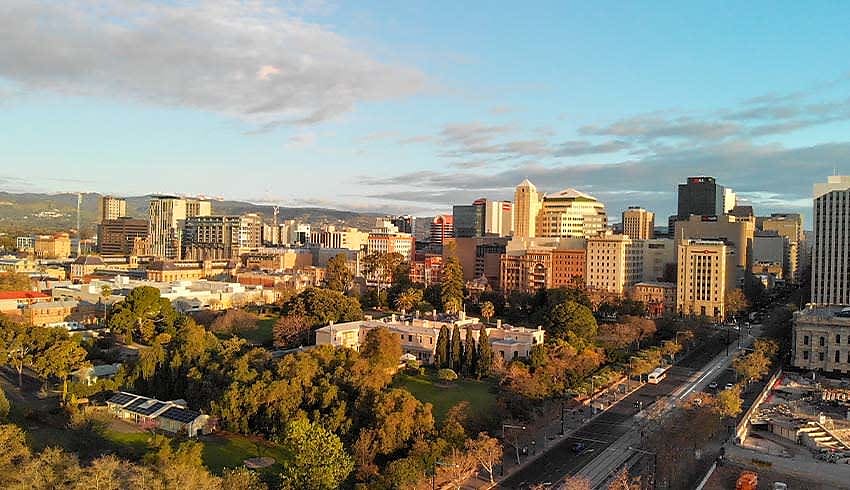Examining the market impact of SA’s stamp duty shake-up
A change to the state’s first home buyer policy in the June 2024 budget has already had substantial flow-on effects, according to new data.

In an attempt to boost housing supply in South Australia, the state government took a bold step earlier this year by removing the property value thresholds for the state’s stamp duty exemption and First Home Owner Grant, if buyers are buying or building a brand new home.
Applying to all new houses, units, apartments, town houses and flats, as well as off-the-plan apartments, house and land packages and vacant land, the new policy was estimated to save the average buyer roughly $50,000, based on a purchase price of $750,000. The changes took effect on contracts that were entered into from 6 June 2024.
In the months since the new policy has taken effect, it seems that buyers have not hesitated to take advantage.
Based on data from the Australian Bureau of Statistics (ABS), the number of loans to construct or purchase new dwellings has been on the rise across the state in the months since the changes were implemented. South Australia has seen a 7.6 per cent increase in loans to construct or purchase new dwellings in the state over the September quarter.
Attributing the rise to the stamp duty shake-up, the South Australian government noted that this was the second-strongest rise in loans for new housing in the country, coming in just behind Queensland and 5.3 percentage points higher than the national average.
State Treasurer Stephen Mullighan said the uplift in lending for new home purchases “reinforces the Malinauskas Labor government’s decision to lift the threshold for stamp duty relief, enabling more first home buyers to enter the housing market, at the same time as boosting the construction of new dwellings”.
He noted that South Australia had topped the list of states in terms of consumer confidence in the property sector, according to polling by the Property Council and Procore.
“South Australia’s property and construction sectors continue to outperform the rest of the nation, despite significant economic headwinds,” Mullighan argued.
The Treasurer added that the government will continue to prioritise policies that encourage home building across the state.
“The state government remains committed to providing an operating environment that supports property sector growth and makes South Australia an ideal place to develop land.”

